Frederica Freyberg:
In tonight’s look ahead, in the February 18 spring primary elections in northern Wisconsin, there could be some confusion for absentee voters. That’s because there are two ballots. One went out earlier for the special primary for Congressional District 7. Another came out later and includes both the 7th Congressional and state-wide justice of the Supreme Court primary and other county or municipal contests. What happens if an absentee voter fills out both? For guidance on this, we turn to the City of Superior Clerk and Elections Official, Terri Kalan, who joins us from Superior. Thanks for doing so.
Terri Kalan:
Good morning. Thank you for having us.
Frederica Freyberg:
So we just want to put up these different versions of the ballots. We have the “A” ballot, which again is for the 7th Congressional only and then we have the “B” ballot, which includes both the Congressional race and the Supreme Court race and other county or municipal elections. Describe for us why these two versions are necessary.
Terri Kalan:
Well, because the Congressional district is a federal election, a federal position. Those ballots need to be mailed out by law 47 days prior to the election, which was January 2. Our local filing deadline wasn’t even until January 7. So we had to send out a second ballot that included the Congressional race along with our local races.
Frederica Freyberg:
So walk us through what happens. If an absentee voter filled out ballot “A”, then got ballot “B” later and filled that out also.
Terri Kalan:
If they return both of them, we will reject ballot “A” and we will count ballot “B”.
Frederica Freyberg:
So — yeah. In this case what happens if a voter filled out ballot “A”, then got ballot “B” and because they’d already filled out “A” in the Congressional race, they don’t fill out that part of ballot “B”, thinking, well, I don’t want to vote twice?
Terri Kalan:
Yeah. There’s a lot of confusion over that and we’ve gotten a lot of phone calls. But our direction from the state is if they return ballot “B”, ballot “A” is rejected. We don’t open it. We don’t look at it. So we won’t know.
Frederica Freyberg:
Oh. What concerns do you have that some voters’ intentions might be nullified because of these ballots?
Terri Kalan:
It is a concern, but I’m really not sure. We didn’t receive any other direction from the state on how to handle it. So we’re just following what they are telling us to do.
Frederica Freyberg:
Have you gotten any questions from candidates themselves or their parties about these kind of dueling ballots?
Terri Kalan:
Not so much the candidates, but a lot of absentee voters who received the ballots, have been confused. We put some pretty good directions in the envelope with the ballot in hopes that they would read it and understand it and fill out the full second ballot.
Frederica Freyberg:
What is your most straightforward guidance then for these voters?
Terri Kalan:
To fill out the “B” ballot completely and return it.
Frederica Freyberg:
And why is that?
Terri Kalan:
Because that will have all of the races on there, including the Congressional, even though they voted the “A” ballot with just the Congressional.
Frederica Freyberg:
Okay. How many absentee voters might this affect?
Terri Kalan:
I think we sent out close to 700 for this primary.
Frederica Freyberg:
And it’s happening again for the presidential primary; is that right?
Terri Kalan:
Correct. There’s going to be an “A” and “B” ballot for the spring April election. The “A” ballot will have to be in the mail by February 20, which is right around the corner, two days after the primary, and the “B” ballot will go out on March 17.
Frederica Freyberg:
So it seems potentially like more work and a little bit more reading and focus for voters who have to fill these things out. But at least after this February election you’ll have had kind of some practice with it.
Terri Kalan:
Yeah. We’re still trying to work through the details on our end how we’re going to do it, because we central count our absentee ballots. They’re not counted at the polling site. They’re counted at our government center by election inspectors on Election Day.
Frederica Freyberg:
So —
Terri Kalan:
So we’re just trying to figure out the details of how we’re going to do that.
Frederica Freyberg:
It’s coming right up on you, too.
Terri Kalan:
It sure is.
Frederica Freyberg:
Yeah. After seeing what happened in the Iowa caucus, how glad are you that you’re just dealing with two ballots?
Terri Kalan:
Very glad.
Frederica Freyberg:
Yeah.
Terri Kalan:
I wouldn’t want to be in their position.
Frederica Freyberg:
Yeah. For sure. All right. Terri Kalan, thanks very much for joining us and good luck with all of this.
Terri Kalan:
Thank you very much.
Search Episodes
News Stories from PBS Wisconsin

Donate to sign up. Activate and sign in to Passport. It's that easy to help PBS Wisconsin serve your community through media that educates, inspires, and entertains.
Make your membership gift today
Only for new users: Activate Passport using your code or email address
Already a member?
Look up my account
Need some help? Go to FAQ or visit PBS Passport Help
Need help accessing PBS Wisconsin anywhere?

Online Access | Platform & Device Access | Cable or Satellite Access | Over-The-Air Access
Visit Access Guide
Need help accessing PBS Wisconsin anywhere?

Visit Our
Live TV Access Guide
Online AccessPlatform & Device Access
Cable or Satellite Access
Over-The-Air Access
Visit Access Guide
 Passport
Passport





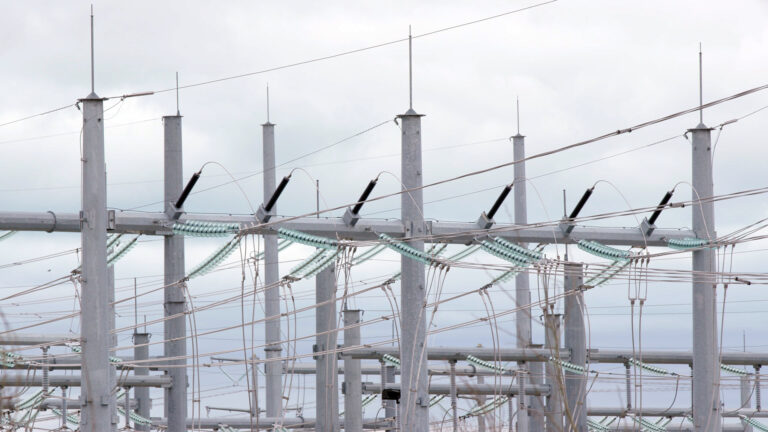
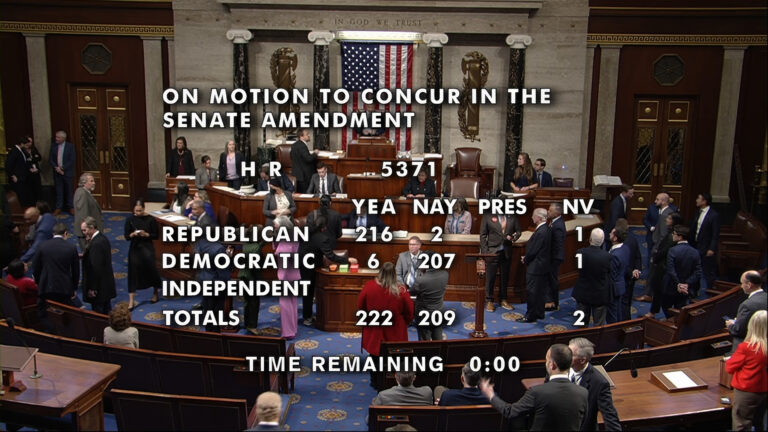

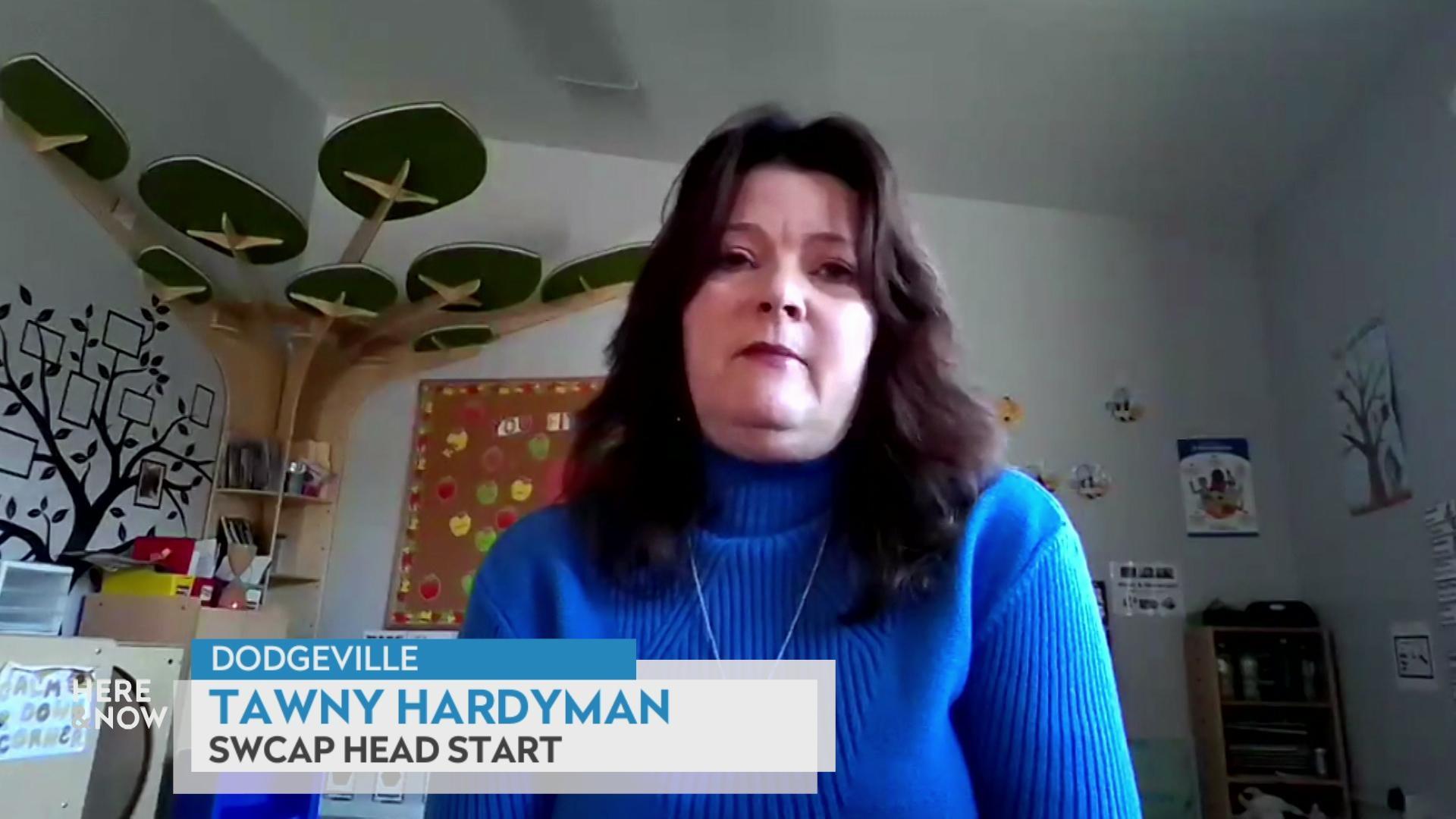
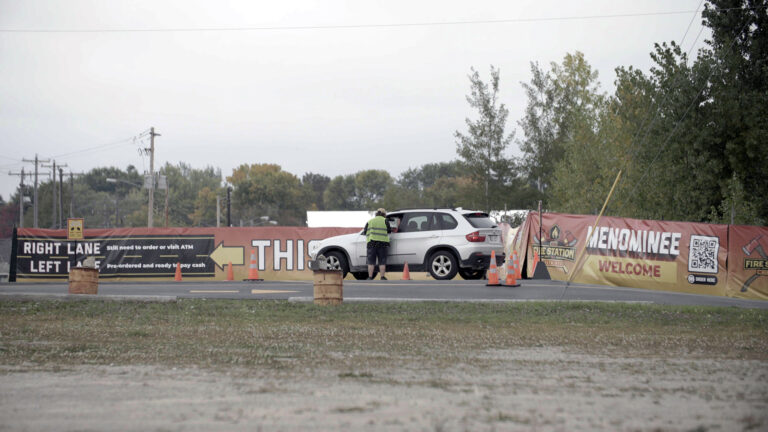
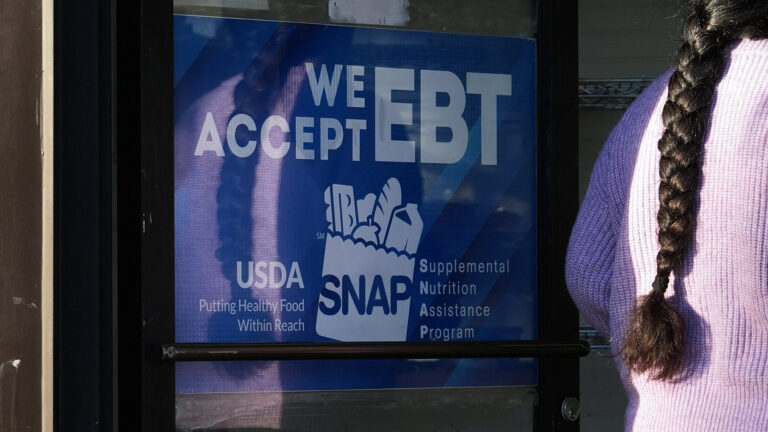
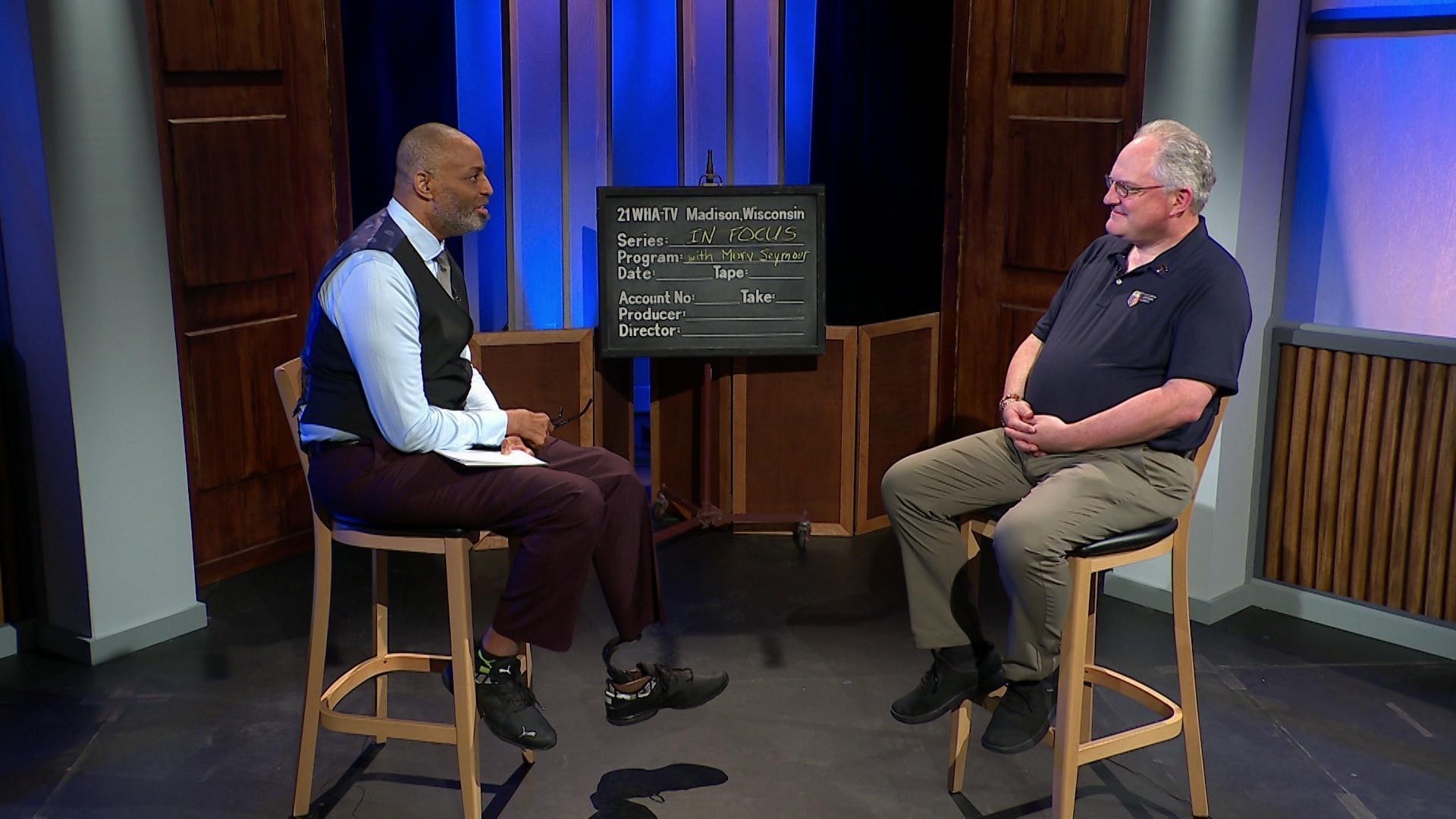
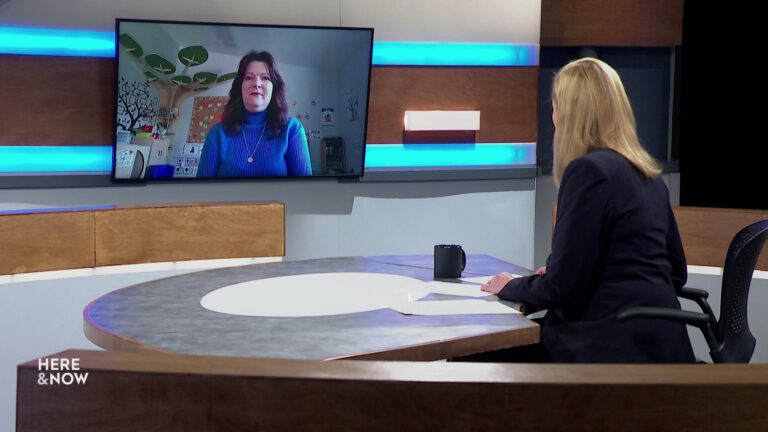

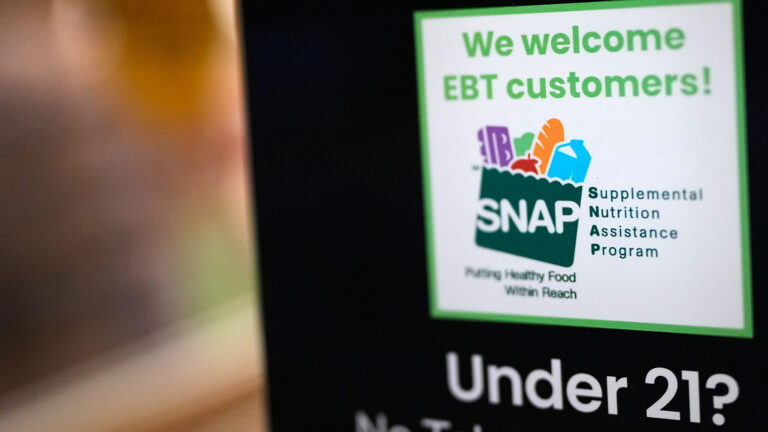
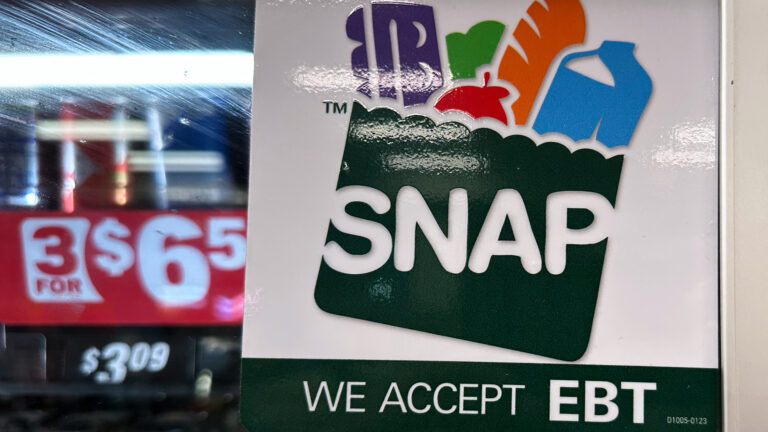
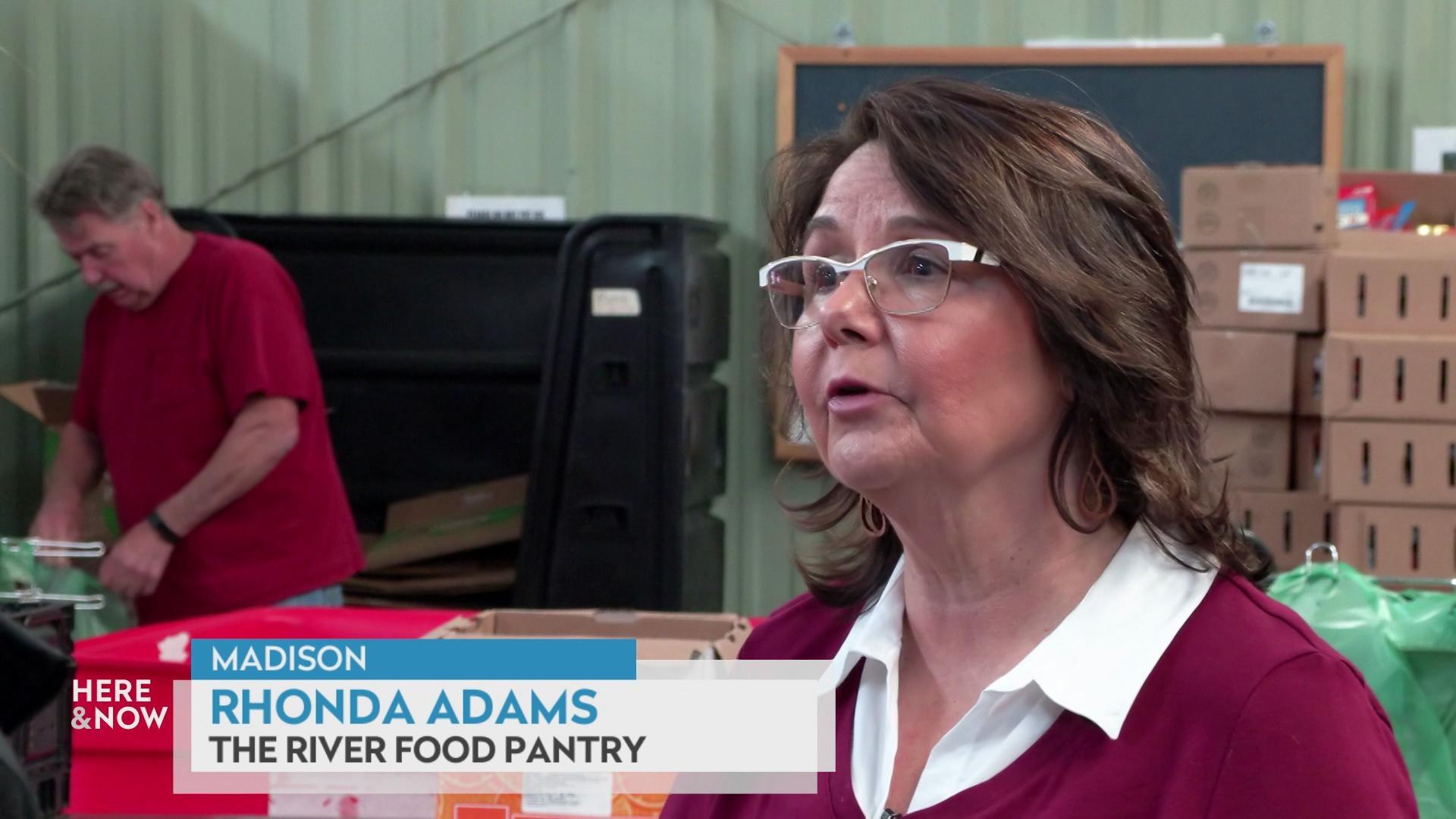

Follow Us